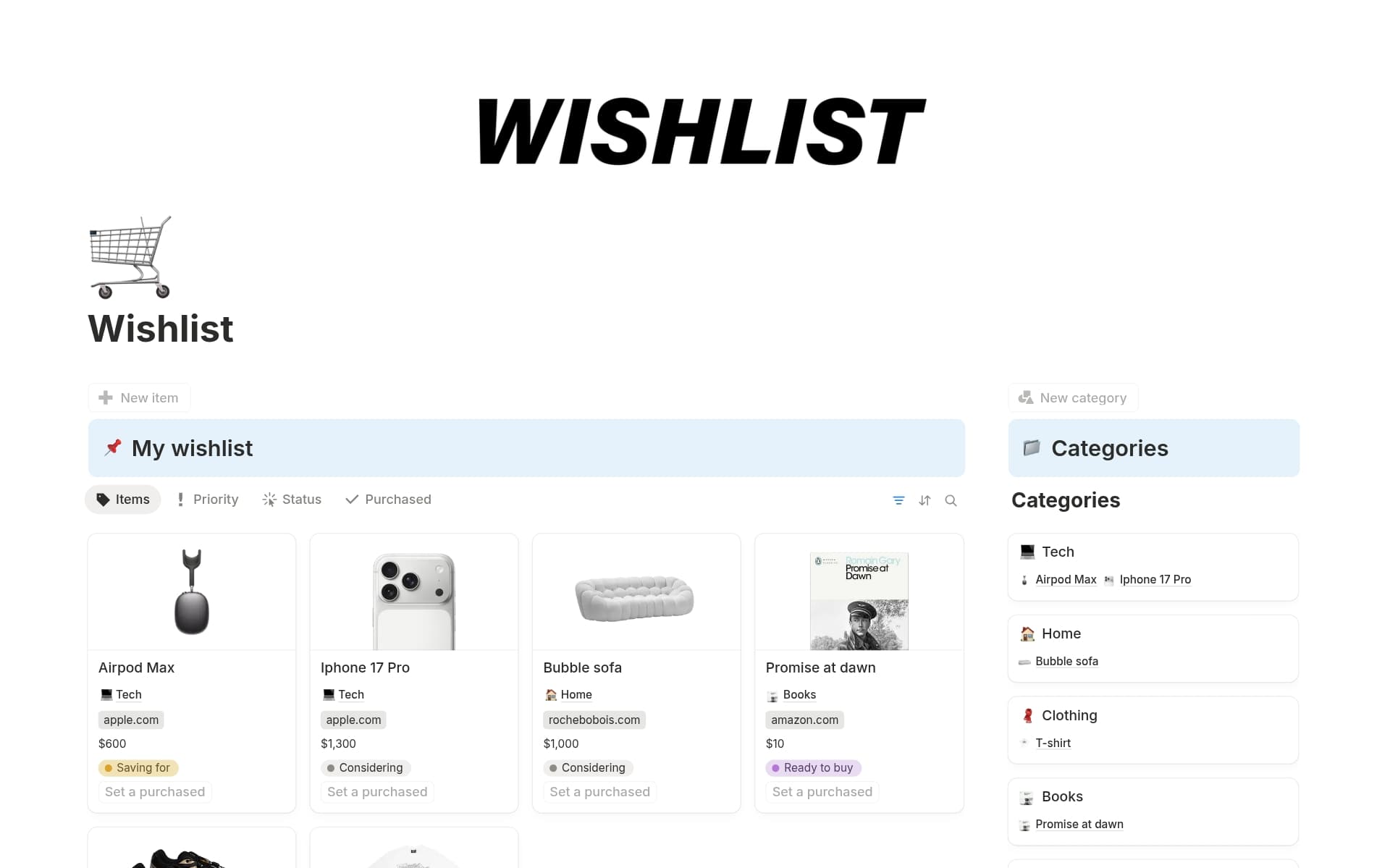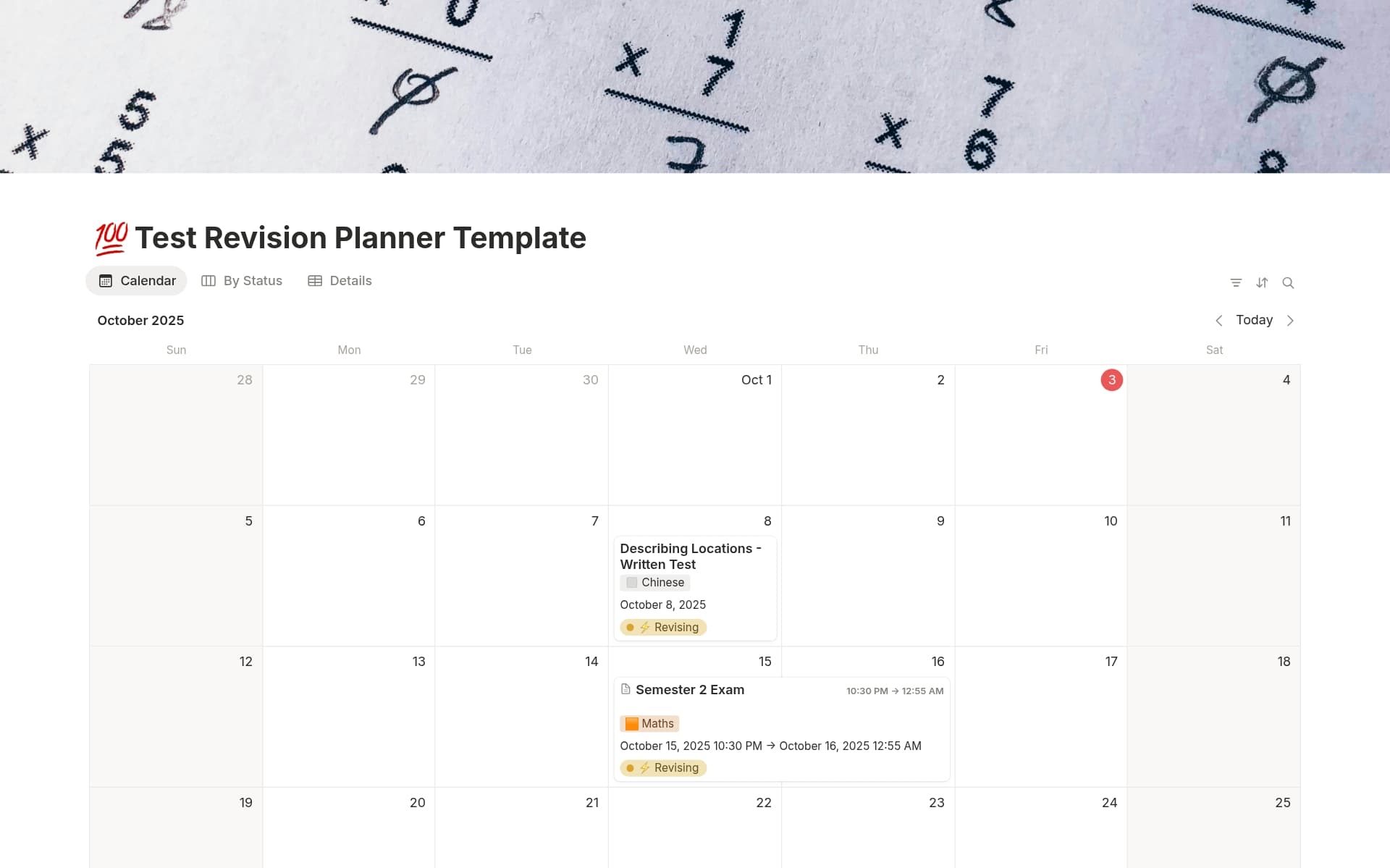For robotics engineers, Kanban emerges as a streamlined method for organizing and tracking project progress. Its visual nature allows for easy identification of workflow bottlenecks and efficient task management, which are critical in the iterative design and development processes common in robotics. A specialized Kanban template can aid in this process by providing a structured approach to categorize tasks, prioritize activities, and ultimately, facilitate cross-functional team collaboration.
Before you embark on creating your own Kanban template, consider these examples below to streamline your workflow and make the task management process more manageable.
What Should Kanban Templates Include?
Choosing the right Kanban template can streamline project management and enhance productivity. Here are key components to look for when selecting a Kanban template for robotics engineering:
Customizable Workflow Stages: Ensure the template allows for modification of workflow stages to match specific project needs and complexities in robotics engineering.
Integration Capabilities: A good template should support integration with other tools commonly used in robotics projects, such as CAD software and code repositories.
Visual Enhancements: Look for templates that offer visual cues and color coding to easily track progress and highlight priorities or issues.
Automated Notifications: Choose a template that includes automated alerts for updates or changes, helping keep all team members in sync.
Selecting a Kanban template with these features will help ensure that your project management is as efficient and effective as possible.
What Should Kanban Templates Avoid?
Choosing the right Kanban template is crucial for streamlining workflows effectively. However, certain features can hinder rather than help. Here are three key components to steer clear of:
Overly Complex Layouts: Templates with too many columns or intricate configurations can confuse users, leading to decreased productivity and misuse of the system.
Non-customizable Elements: Avoid templates that don't allow you to modify or remove default settings and fields. Flexibility is essential for adapting the board to specific project needs.
Generic Categories: Templates that come with pre-set, generic categories can be restrictive. Opt for templates that encourage custom category definitions that align with your project’s unique requirements.
Remember, the best Kanban template is one that fits seamlessly into your existing processes and enhances your team's ability to deliver great results efficiently.




